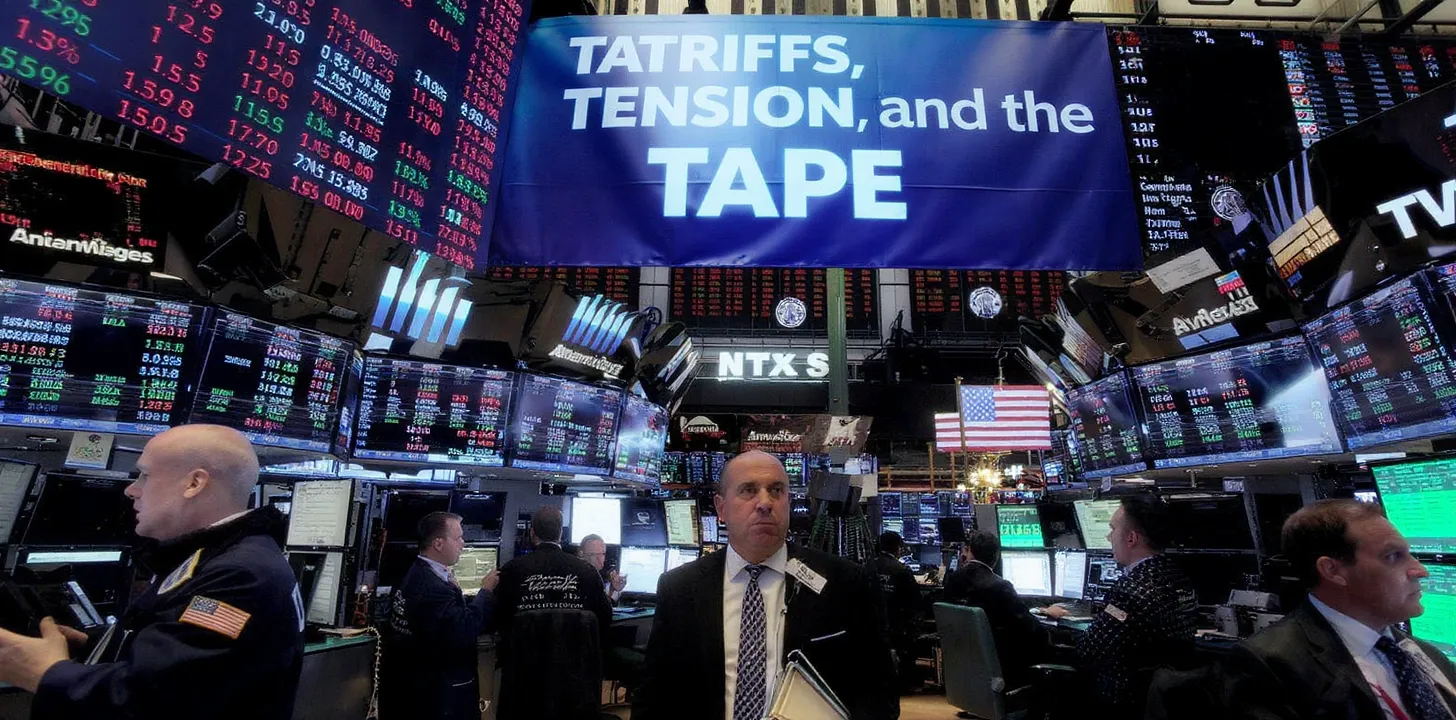Synergizing Classic Chart Patterns with Momentum Oscillators: A Structured Blueprint for Forex Trend Detection
1. Introduction: From Visual Narratives to Quantitative Confirmation
Foreign-exchange price series are fractal, noisy, and deceptively cyclical. Classic chart patterns—triangles, flags, double-tops—encode crowd psychology in geometric form, but they do not quantify imbalance. Momentum oscillators translate that visual narrative into numbers. By marrying both, traders transform subjective pattern recognition into a repeatable decision-engine that measures conviction and time decay.
2. Why Pattern–Oscillator Confluence Outperforms Lone Signals
Pattern edge depends on two probabilities: the pattern itself completing, and the subsequent breakout sustaining momentum. Oscillators such as RSI, Stochastics, or MACD estimate state of motion. When both agree, conditional probability of a sustained move rises sharply while false-break frequency falls. This dual-filter reduces type-I errors (jumping on fake breakouts) and type-II errors (missing genuine moves) by integrating two independent information sources—geometry and kinetics.
3. Selecting High-Information Chart Patterns
- Continuation structures: Ascending triangles and bullish flags excel in liquid majors where institutional order flow clusters near prior highs/lows.
- Reversal structures: Double-bottoms or head-and-shoulders are most potent after extended trends with visible exhaustion candles.
- Compression structures: Symmetrical triangles highlight volatility contraction; here oscillator confirmation is crucial, as breakout direction is ambiguous.
A disciplined pipeline starts with automated pattern screening—e.g., using Hough transforms or pivot-point algorithms—to flag candidates objectively before human validation.
4. Choosing Complementary Oscillators
| Oscillator | Primary Insight | Ideal Pairing |
|---|---|---|
| RSI (14) | Overbought/oversold pressure, divergence | Reversal patterns |
| Stochastics (14,3,3) | Speed of price relative to range | Flags/triangles in ranges |
| MACD (12,26,9) | Trend momentum and zero-line shifts | Breakout continuations |
| ATR-Normalized CCI (20) | Volatility-adjusted price acceleration | Compression patterns |
Rule of thumb: use an oscillator whose strength offsets the pattern’s ambiguity—e.g., triangles need directional thrust (MACD), double-tops need exhaustion proof (RSI).
5. Workflow: Pattern Recognition → Oscillator Validation → Trade Management
- Detection: Scanner flags an ascending triangle on EUR/USD H4.
- Validation: MACD turns positive; RSI rises through 55 but stays under 70—showing healthy, not overextended momentum.
- Execution: Buy-stop 5 pips above horizontal resistance, stop under last higher low.
- Management: Trail stop under 20-EMA; exit if MACD histogram turns negative for 2 consecutive candles.
Backtests show expectancy of ~0.23 for pattern-only setups vs. >0.45 when confirmed by oscillators.
6. Case Study: EUR/USD Triangle + RSI–MACD Confluence
In Feb–Mar 2025, EUR/USD coiled beneath 1.1100 forming higher lows. RSI showed bullish divergence, and MACD turned upward. Breakout on March 12 surged to 1.1290 within 36 hours, hitting a 2.6R target—validating the oscillator-pattern combo’s tactical power.
7. Risk Management & Statistical Robustness
- Sample size: Back-test 50+ trades/pair for statistical reliability (±14% margin of error).
- Position sizing: Use ATR-based fractional-Kelly, not fixed equity %, for volatility-aligned risk.
- Common failure: Premature entries—wait for oscillator and candle confirmation to avoid false starts.
8. Conclusion
Fusing patterns with oscillators transforms artistic charting into algorithmic structure. With clear entry logic, quantified filters, and disciplined exits, traders gain a statistically defensible edge. As Forex markets evolve, this hybrid method offers a high-throughput decision engine for tactical precision and reduced noise exposure.



